Tattoo Blowout: Causes and Treatment
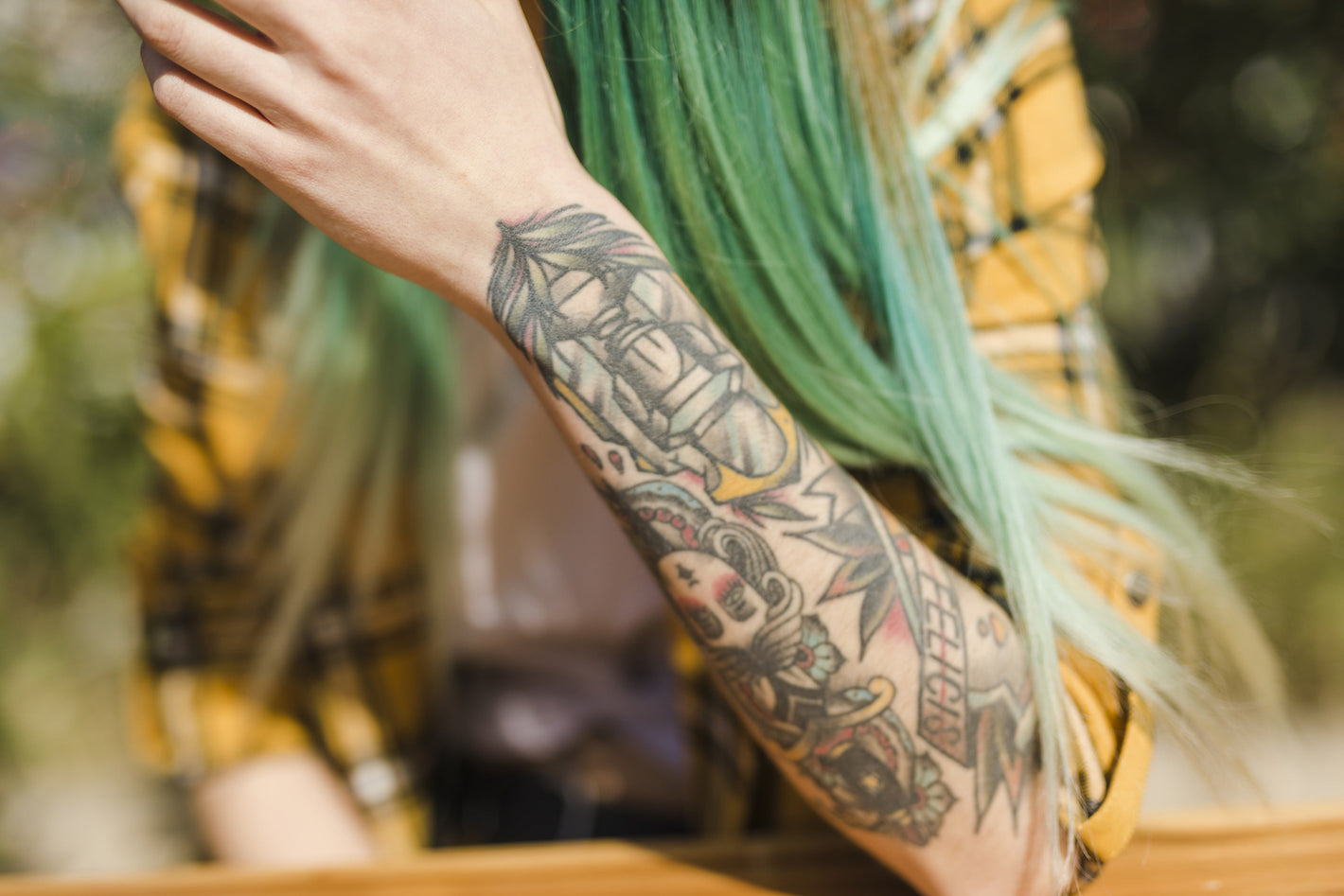
Related products
Tattoo blowouts are common, and sometimes, they can't be prevented. Nevertheless, there are numerous ways to fix them. They occur when a person receives tattoos a few days ago and notices that something has gone wrong, and the ink has spread beyond the tattoos, which are now very blurry.

It occurs when a tattoo artist injects the ink too deep into the skin, far behind the deep skin layers and up to the fat below. In this fat layer, the ink moves far beyond the original tattoo lines and creates a distorted image. Besides blurring the physical appearance of a tattoo, it is not a serious issue and is not a health hazard. Proper skincare is vital in tattoo healing and maintenance. Explore the Skin Care Collection for a wide range of dermatologist-approved solutions to support skin health.
What are the causes of tattoo blowouts?
This condition develops as a tattoo artist injects the ink deep into the skin, and the ink is sent beyond the deep skin layers to which the tattoo belongs. Under the skin surface, the ink spreads in the fatty layer, creating a blurred appearance, typically associated with blowout tattoos.
The tissue samples or biopsies taken from the people with blowout tattoos show that the ink penetrates much deeper into the skin layers than otherwise expected. For more information on how your skin might react to ink or tattoo treatments, check out our Skin Allergy Resource Page for tips and product suggestions tailored to allergic or reactive skin types.
What does a blowout tattoo look like?
The signs of a blowout tattoo appear several days after getting the tattoo. They are milder in most cases and severe in very few causes. In all cases, blurry lines are noted in the tattoos, and the ink used to make the lines spreads outside the tattoo edges. This gives the tattoo a smudged appearance and causes outward bleeding.
Post-Tattoo Skin Irritation and Recovery
For immediate relief from irritation and itching, especially in sensitive or allergic reactions to ink, the E45 Itch Relief Cream 50g can be highly effective. It’s formulated to soothe inflammation and calm itchy skin without compromising tattoo integrity.
-
Rapidly soothes itching and discomfort
-
Safe for use on sensitive skin post-tattoo
-
Helps maintain hydration while calming the area
Healing Support and Barrier Repair
A blowout or irritated tattoo site needs robust healing support. Zinplex Skin Healing Adult Barrier Cream 125ml offers a skin-repairing barrier that helps calm redness and supports overall skin resilience.
-
Promotes healthy skin regeneration
-
Ideal for use post-tattoo or after irritation
-
Provides a shield against bacteria and pollutants
Moisturising Sensitive Skin Post-Laser or Cover-Up
Following tattoo laser correction or cover-up treatments, gentle moisturisation is essential. Oilatum Cream is suitable for sensitive, dry skin and helps maintain the skin’s natural barrier without clogging pores.
-
Hydrates and soothes dry, flaky skin
-
Non-comedogenic and fragrance-free
-
Perfect for post-laser recovery or daily use
Managing Inflammation with Corticosteroids
For more severe blowouts or underlying skin inflammation, dermatologist-prescribed treatments like Dermovate Cream or Betamethasone can provide powerful anti-inflammatory effects. These should only be used under medical supervision.
-
Reduces intense inflammation quickly
-
Recommended for short-term flare-ups
-
Effective against swelling and redness in tattoo areas
Sun Protection for Healed Tattoos
Once healing begins, it's important to shield the tattooed area from UV rays, as sun exposure may worsen blowouts. The EVE LOM Daily Protection SPF 50 Facial Sunscreen 50ml offers strong protection without irritating sensitive skin.
-
Broad-spectrum SPF 50 protection
-
Antioxidant-rich for skin support
-
Lightweight and perfect for tattooed areas
How to fix a tattoo blowout?
There are numerous ways to help fix a blowout tattoo, e.g.,
Correction with even more tattoos
Camouflaging a blowout tattoo with even more tattoos is one of the least expensive methods. Depending upon the extent and size of the blowout, It costs from a few dozen dollars to several hundred dollars. If a blowout is observed within a few days of tattooing, give it some days to heal. Practicing diligence is necessary for a speedy recovery of the tattoos.

A good cover up improves the appearance of the blowout tattoo by keeping the appearance of the previous tattoo. If the blowout is very severe, a larger and darker tattoo is necessary than the original one, and the new tattoo is often very different from what precedes it.
Blowout cover ups require good tattooing skills and expertise. To avoid another blowout, choose an expert tattoo artist. A good tattooing artist must have the necessary skills for the new tattoo to appear better.
Laser correction
Laser therapy reduces the appearance of bloody tattoos. Particularly, Q-switched lasers, e.g., QS Ruby, QS Nd: YAG, and QS Alexandrite, send energy waves that are easily absorbed by the skin. The laser makes the skin more diffused, making it less noticeable. Laser therapy reduces the appearance of the blowout tattoo while giving the client the intended tattoo.
It is nevertheless necessary to take care of the new tattoo, as sun exposure often causes it to fade. Although Q-switched lasers are not effective for everyone, many people have noted that they are effective for blowout tattoos. Depending upon the body's reactions to the laser and the extent of the blowout, the body often needs five or more sessions.
The cost of laser therapy depends upon size, age and colour and is often more expensive than coverups.
Surgical removal
Surgical removal of tattoos is an invasive method for getting rid of blowout tattoos. During this surgical excision, cosmetic surgeons cut open the tattooed skin and stitch the other skin apart. This procedure allows for the complete removal of the tattoo but is nevertheless expensive.
The recovery time and scarring depend upon the size and extent of the tattoo.
Prevention of blowout tattoos
Blowout tattoos are not considered a complication associated with tattooing. They are related to poor experiences & carelessness of the tattoo expert and bad days. Some points to consider for its prevention are;
Choice of the tattoo artist: Although it is mainly an issue of the tattoo artist, it is necessary to choose a tattoo artist with more experience and skill to reduce a blowout tattoo. Consult family and friends for their recommendations on the topic. The artist must be licensed, and the shop must be well cared for and clean.

Careful placement: Having a tattoo on thinner skin, e.g., the inner side of the arms and top of the feet, increases the risk of blowout tattoos. These regions are also very painful for tattooing. As women's skin is thinner than men's, they are at the risk of more blowouts than men. So, women must choose an area of thicker skin, e.g., under the leg, for a lower risk of blowout.
Frequently Asked Questions
Is it possible to fix a blowout tattoo?
In a minority of cases, the blowout tattoos resolve automatically. But if it still looks funky, get it removed by the tattoo expert. Removal of a tattoo is often the best way to get rid of the old blowout tattoos.
How long does a blowout tattoo last?
Tattoo blowouts are often permanent. If they are small, the ink often spreads out under the skin to make them fade. However, they still have ink.
What causes a tattoo blowout?
It is mostly caused by a tattoo artist who presses too much into the skin, deposits the ink at the wrong angle and performs extra work on the skin. It is common with inexperienced tattoo artists, yet anyone can experience it.
How to avoid a blowout tattoo?
Avoiding areas where the skin is fragile offers a reasonable margin of protection. These include the top of the foot and wrist. Choose only sites within thick skin, e.g., calves and upper thighs. After getting a tattoo, strictly follow the aftercare routine.
Do some people experience more blowout tattoos than others?
The risk of tattoo blowout depends upon the tattoo designs, with some riskier than others. Ageing skin and clients with traumatic and delicate skin are at a higher risk.
How do you know if the skin is rejecting the new tattoos?
Being allergic to tattoo ink is one of the significant causes of tattoo blowouts and shows that the skin is not accepting new tattoos. The primary signs are itching, redness, deep lumps, bristles, patches, bumps, and watery fluid leaking from the affected area,

Bottom-line
Blowout tattoos are among the unfortunate side effects for some people with tattoos. They are not necessarily preventable. Nevertheless, some steps help minimise the risk & complications. Several things reduce the appearance of a blowout tattoo, including choosing a reputable tattoo artist and ensuring the right placement of the tattoos.
Also, the tattoos should be allowed to heal naturally before visiting healthcare providers for help. Tattoo healing takes considerable time and occurs in stages.



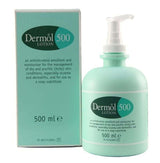



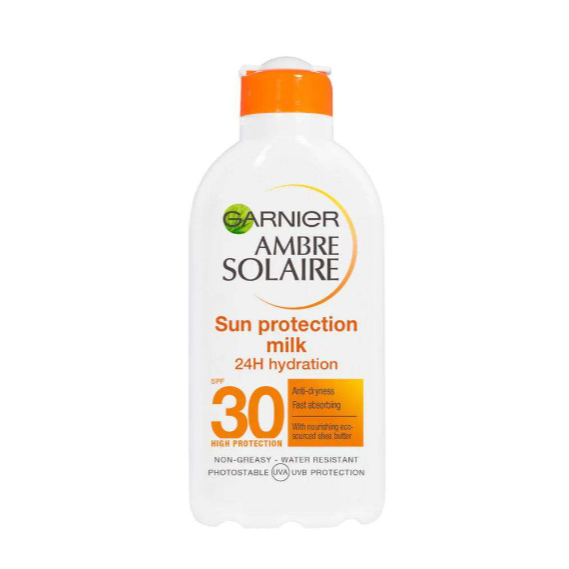
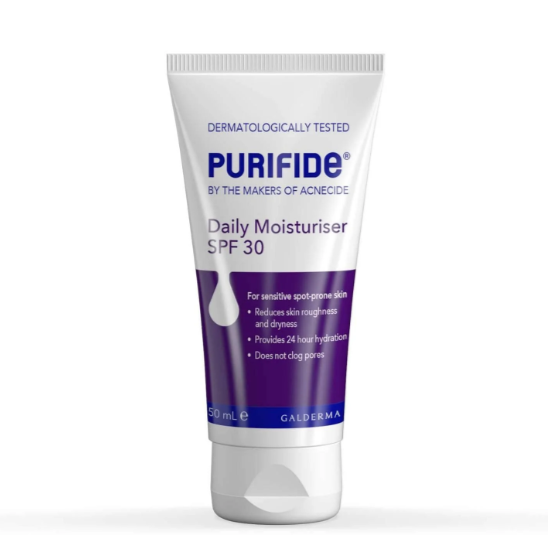
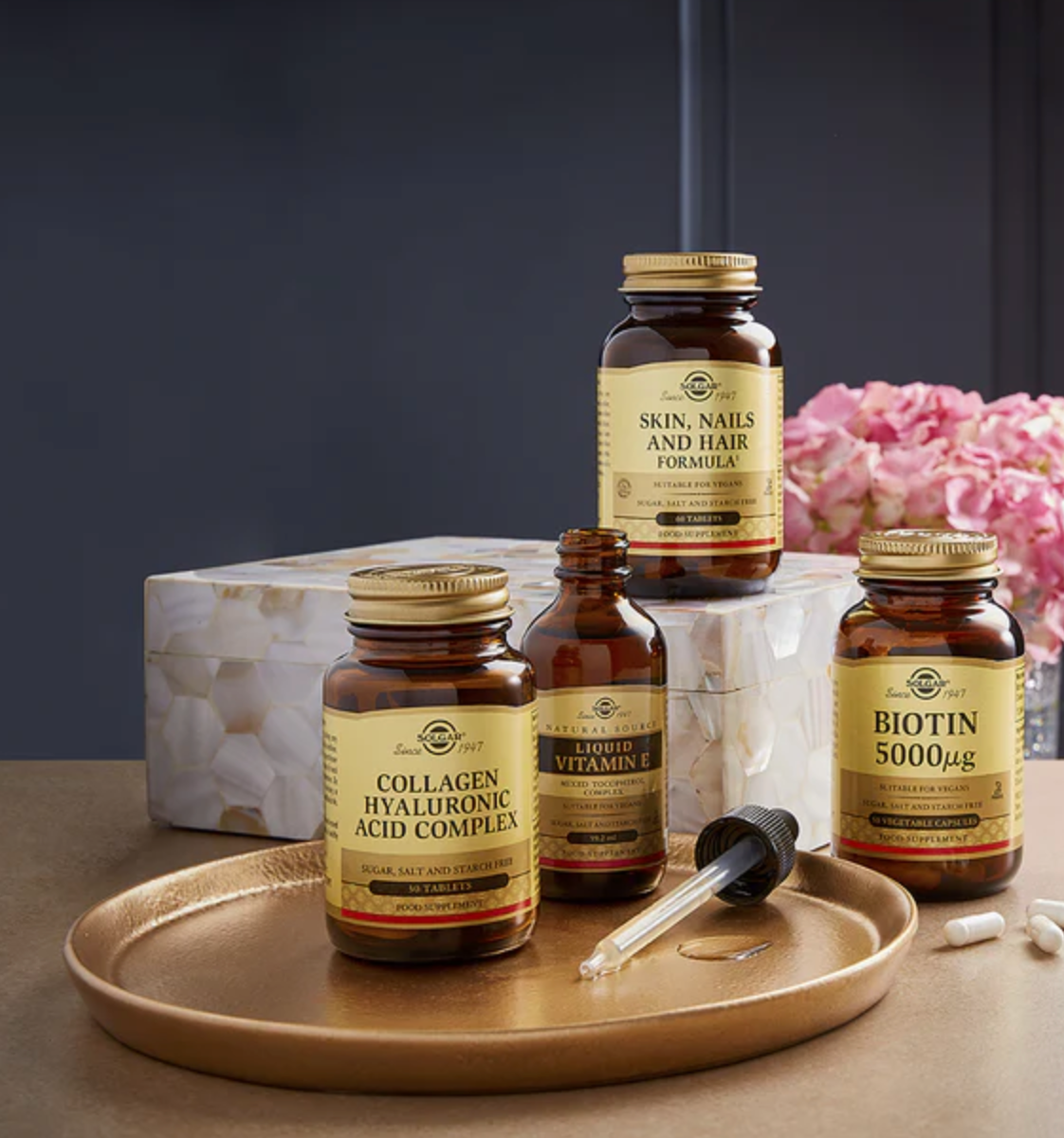
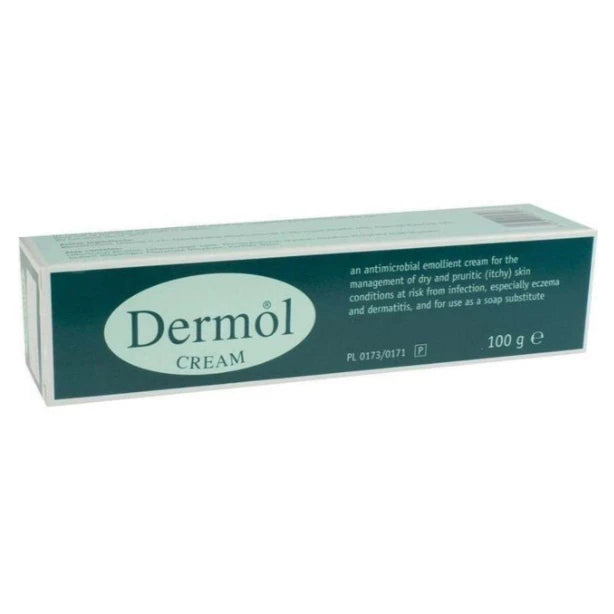

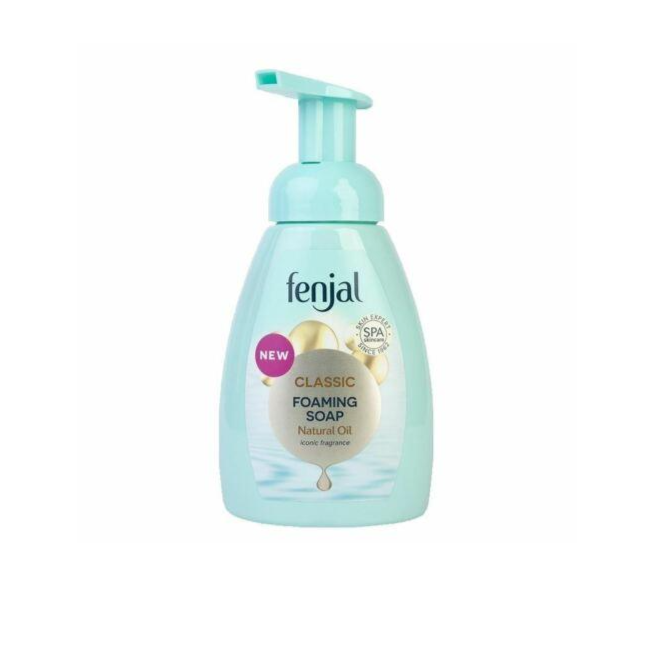
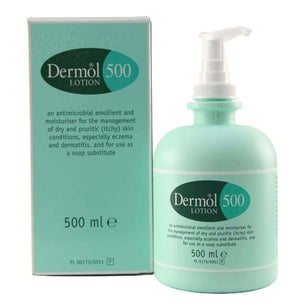




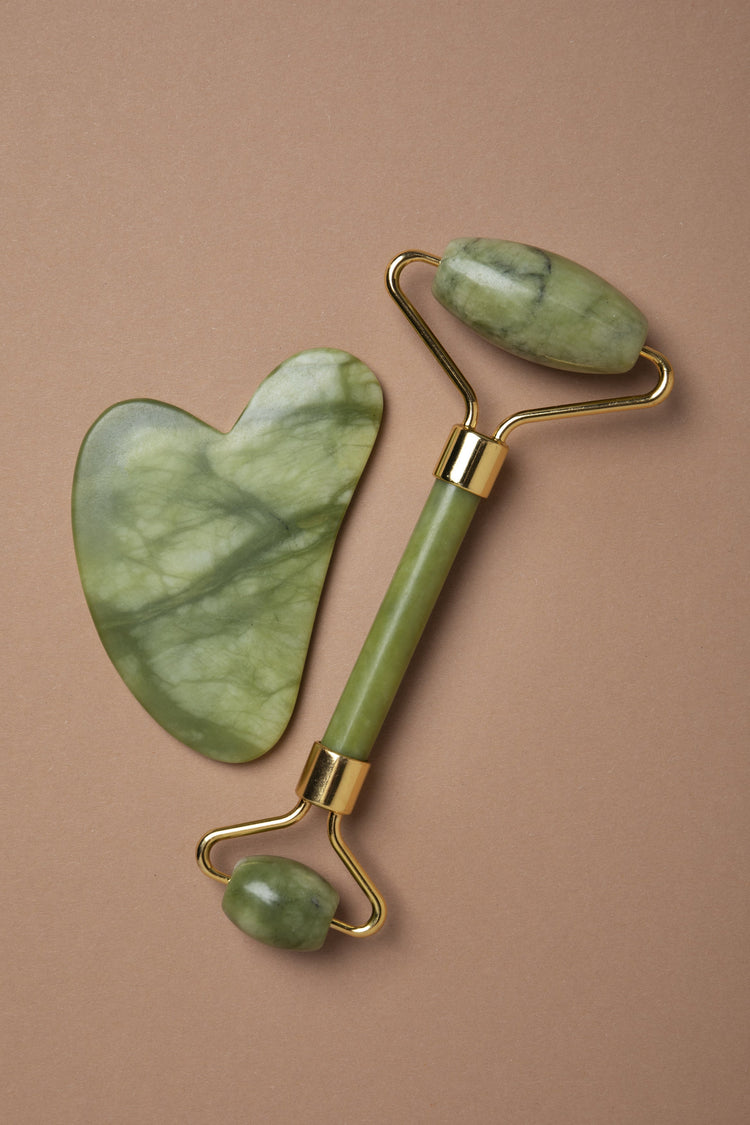
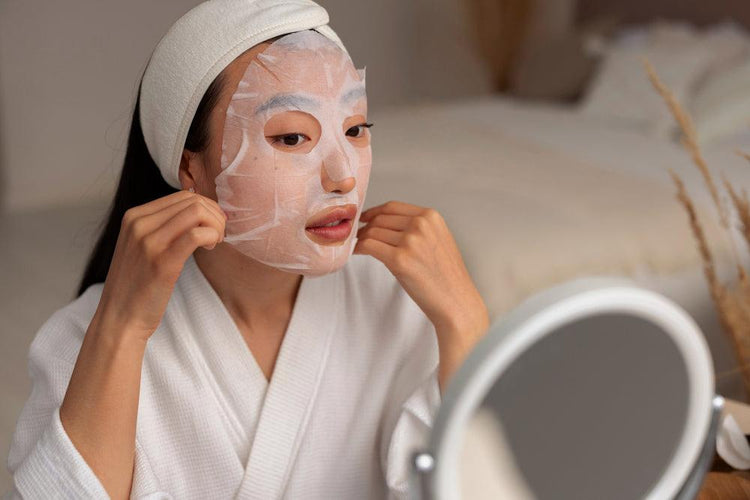
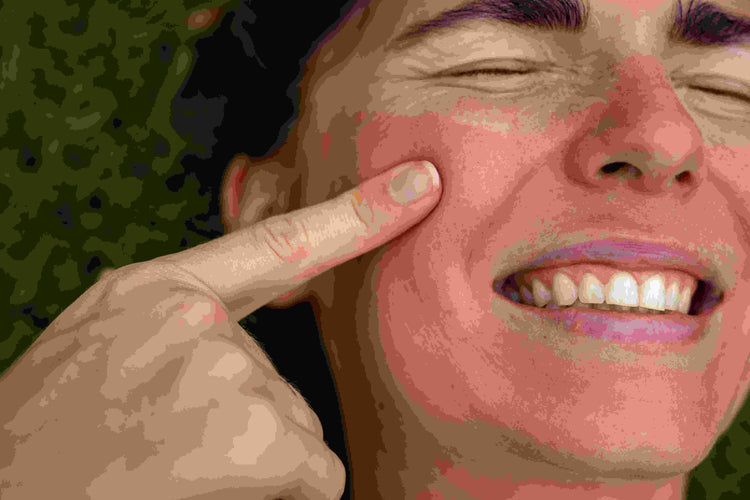
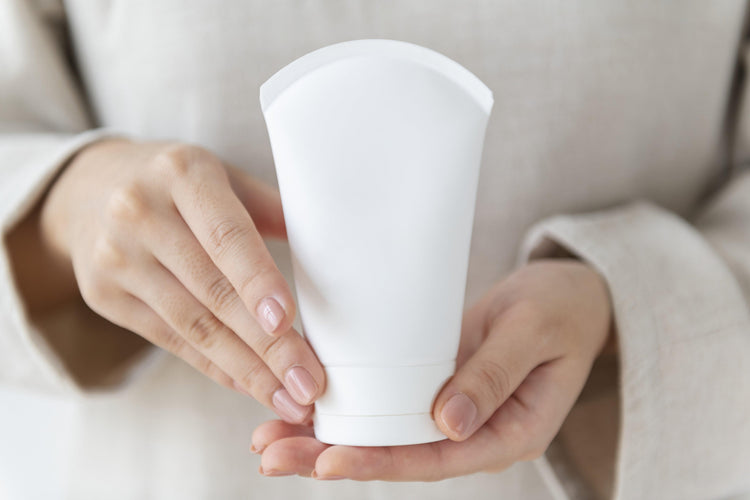
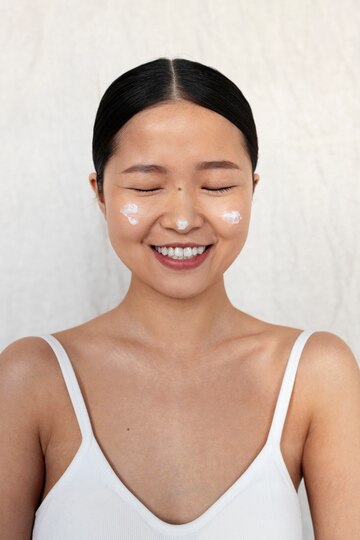
 Rated Excellent by 26,523+ Reviews
Rated Excellent by 26,523+ Reviews